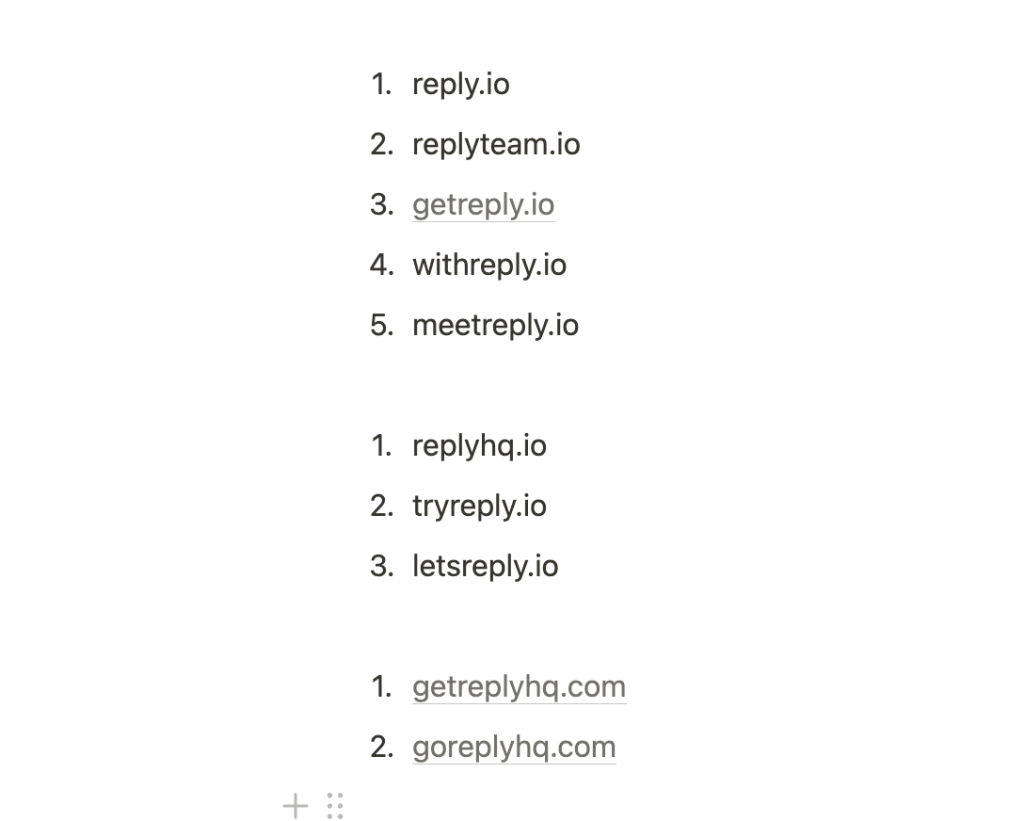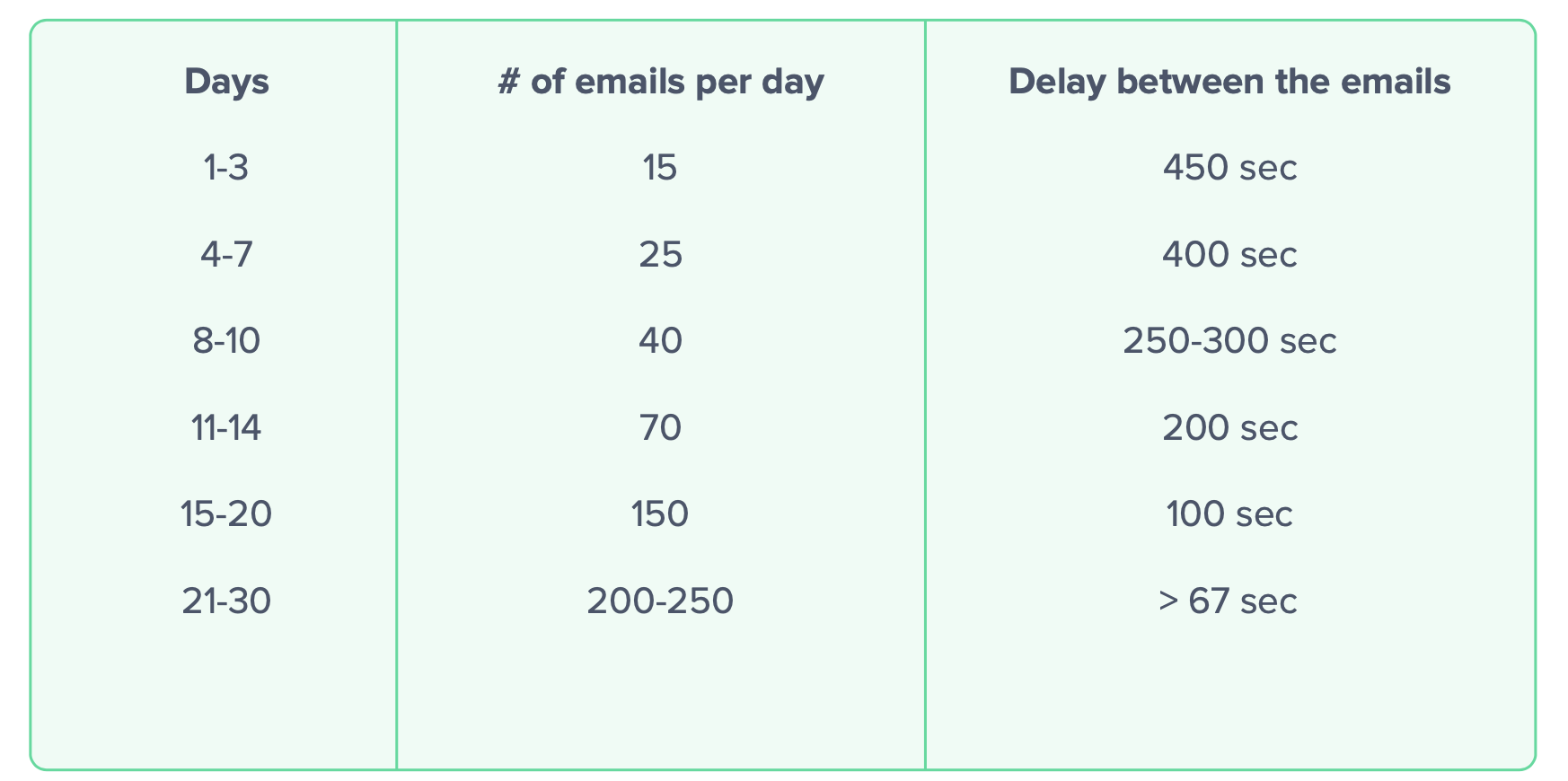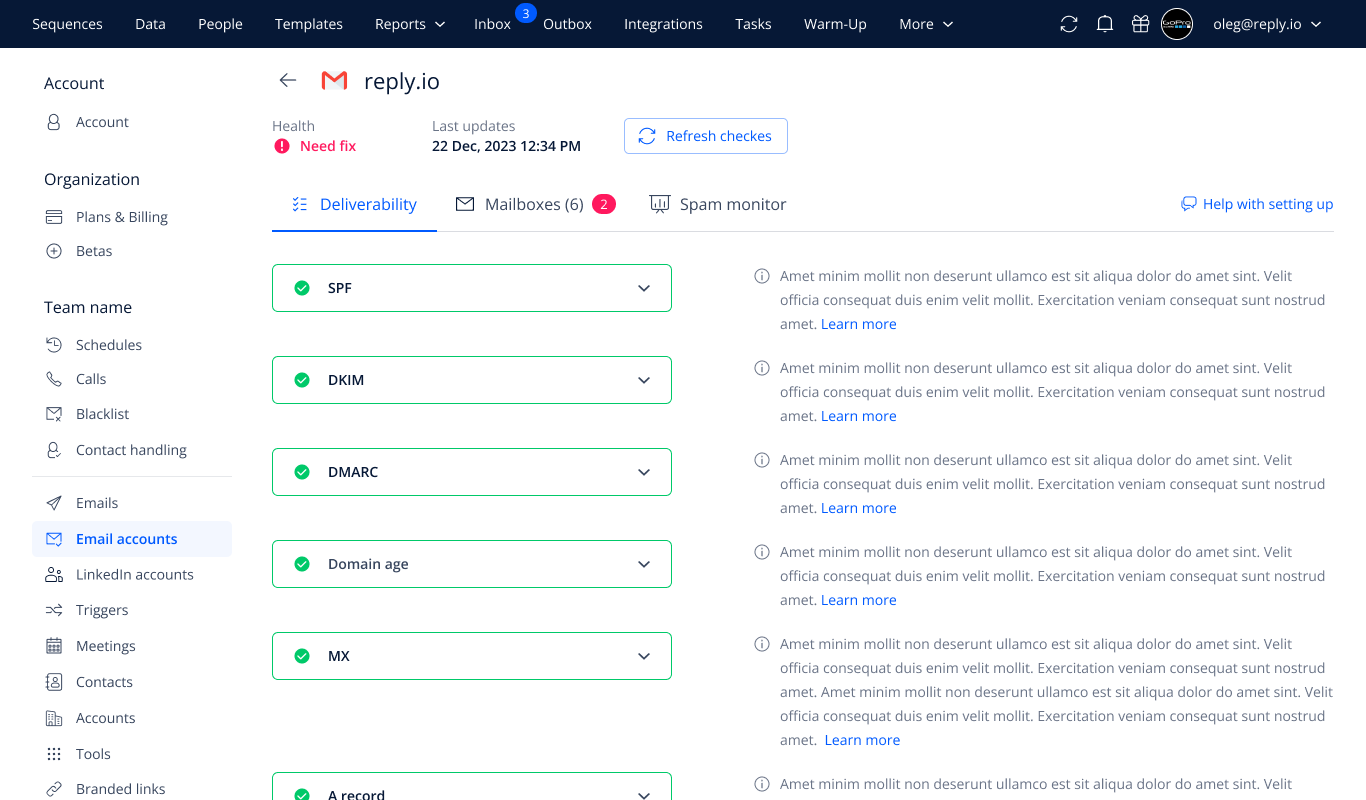What affects email deliverability?
Your recipients’ email providers are ultimately the judge and jury on whether your emails are allowed to reach their inbox, but there are certain factors taken into account when making that decision.
Here are the 5 most common ones:
1. Do your emails trigger spam traps?
Spam traps are exactly what they sound to be — special traps in the form of fake or outdated emails that signal to email providers of probable spam-like behavior. This mostly occurs when companies buy contact lists or mass scrape from the internet.
2. Are your recipients engaging with your emails?
Believe it or not, ISPs and email providers take into account how well their users are engaging with your emails, because the logic is that if they aren’t — your emails are irrelevant and/or unwanted.
How often are recipients flagging your emails as spam? How about unsubscribing? Your spam rate is the most crucial metric for deliverability, even more so amid the new Google policy updates (more on that below).
3. Are your emails properly authenticated?
Email authentication refers to the proper setup of your email account to ensure mail providers that your emails are legitimate and safe, and that you, as the sender, are who you say you are.
The 3 core authentication standards include SPF, DKIM, and DMARC. Without these authentications, it is highly likely that your deliverability will suffer, let alone for mass outreach.
4. Are you sending too many emails?
Even in the context of bulk, mass-email campaigns, there are outreach email limits. A newly created email account that starts sending thousands of emails right away will most definitely get flagged.
This is why it’s crucial to always warm up your email account by gradually increasing the volume of emails sent while gradually decreasing the interval. Just for reference, as of 2025 — the limit for Gmail is 10,000 per day, with much stricter requirements starting at the 5k mark.
5. Is your email content spam-free?
This may be unexpected to some, but the content of an email does have the potential to affect deliverability. It’s worth mentioning, however, that if your spam rate is very low and all the above points are covered, email content will have minimal impact on deliverability.
Examples of email content that could be flagged by spam filters include numerous spam trigger words (e.g. ‘risk-free’, ‘act now’), high ‘image-to-text’ and ‘link-to-text’ ratios, etc.
Failing to act on the above-mentioned points you risk getting on a blocklist, which is a database of email domains that are believed to be sending spam. Think of it as a purgatory for email domains which will make it very difficult to bring back to life.











